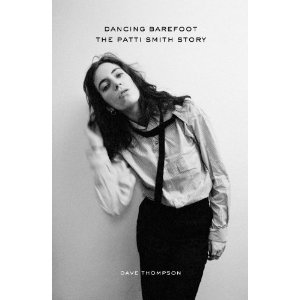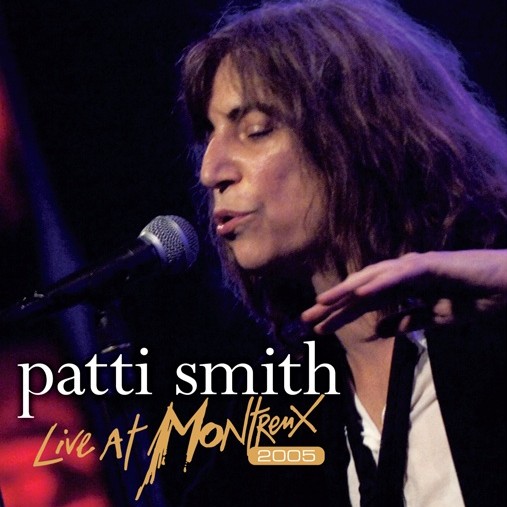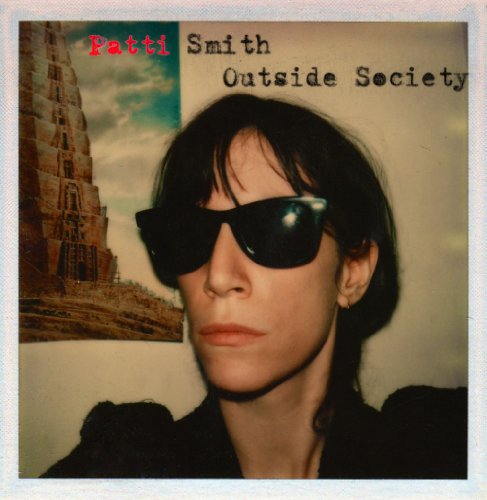Videos by American Songwriter
Dancing Barefoot: The Patti Smith Story
By Dave Thompson
Chicago Review Press
[Rating: 3.5 stars]
In the early ’70s, Patti Smith took her poetry from coffee shop to dive bar, and in doing so helped etch the first faint outlines of the punk movement. When she arrived on the scene, most who were enthralled by the bird-legged poetess didn’t even know what they were looking at, but they knew they wanted more of it. So it’s little surprise that a slightly awestruck tone creeps into Dave Thompson’s Dancing Barefoot: The Patti Smith Story, his painstaking account of the protopunk artist who was interchangeably a poet and rockstar. Between Thompson’s descriptive storytelling and interview snippets (dating from the late ’60s to present) with peers, members of the Patti Smith Group and Smith herself, her story emerges both vivid and real.
Dancing Barefoot is a bio best read with the artist’s entire catalog – including poetry collections – on hand, whether you know the material or not. The book moves in the order of Smith’s work, and Thompson waxes philosophical, sometimes sounding winded, on Smith’s songs and their meanings (like the provocative opening line of “Gloria”). He describes landmark shows in New York and abroad, and they’re as close as some can ever hope to get to experiencing one of Smith’s heyday performances. “Seduced by the word,” as Smith said, she relinquished herself to the sounds onstage. Her songs were fluid and shape-shifting, one segueing into the next, her performance brutal and loose.
Thompson builds this image from the ground up, beginning with Patti’s childhood as a Jersey girl who later came to New York with comparably small aspirations of becoming someone’s muse. As she emerged as a musician, comparisons went from female Dylan or Tom Waits to her idol, Jim Morrison, as she transitioned from timid poetess to cyclonic punk pioneer. But Barefoot doesn’t fixate on the punk persona; it instead focuses on the way in which Smith created art. She was over her writing before it even happened – she’d draft poems, then abandon them on her apartment floor. She fixated on artists like Hendrix, Rimbaud and Morrison, whose presence she claims to have felt while performing.
The image of Smith comes into sharper focus as Thompson notes the who’s who in late ’60s and early ’70s New York, the underground club scene – namely at CBGB, the touring and critics’ reception. As are his other books, Thompson’s shot at the Patti Smith bio is thorough (almost beyond digestibility on the first read) and respectful – he leaves out all unnecessary details about Smith’s personal life and relationships, which would have only curdled the story. He includes the voices of those who saw Smith as opportunistic, amateur, a slob (it is said she didn’t play nice with some of the other girls, like Blondie and The Runaways), as well as those who saw her as a deeply inspired artist.
But the most beguiling words on the pages are Patti’s, and Thompson has two roles as the author. He’s both a descriptive storyteller and a researcher digging up the essence of Smith as recorded in rock journals since the ’60s. What he does in Dancing Barefoot is illustrate Smith’s timelessness, particularly in the eyes of the young folk. She was just a woman in New York, devoted to music, its authenticity and the punk spirit – all the things that still make the kids bristle.












Leave a Reply
Only members can comment. Become a member. Already a member? Log in.